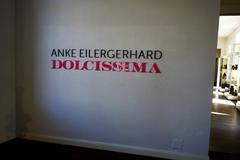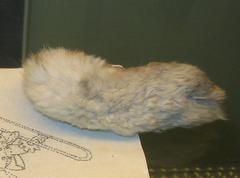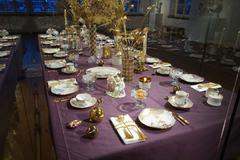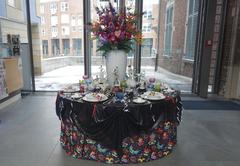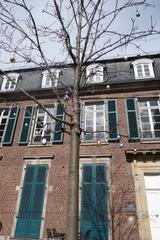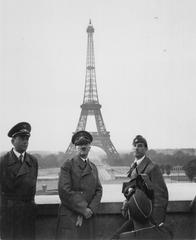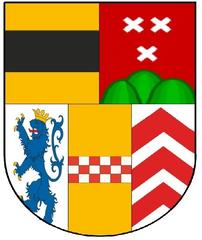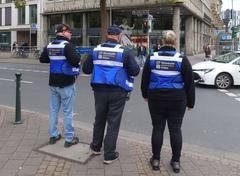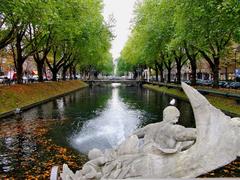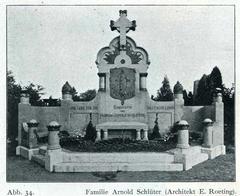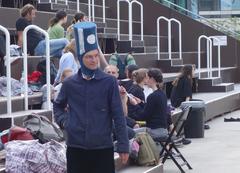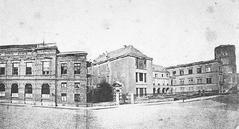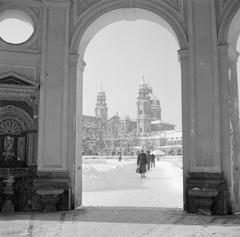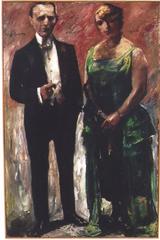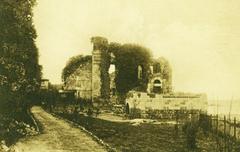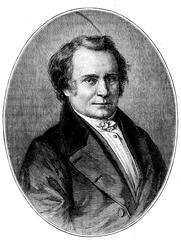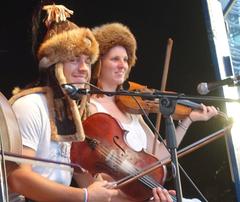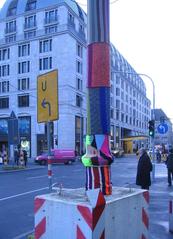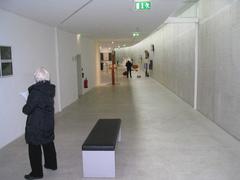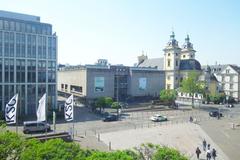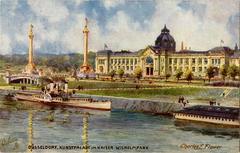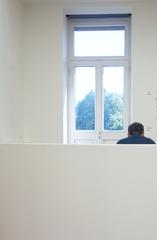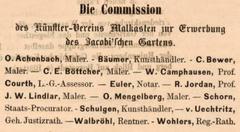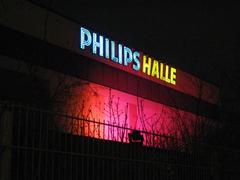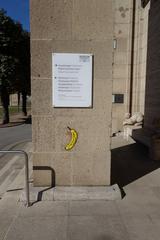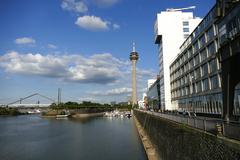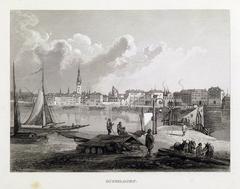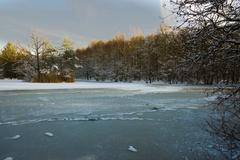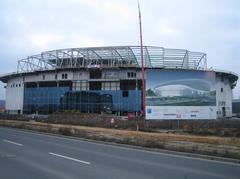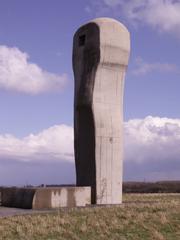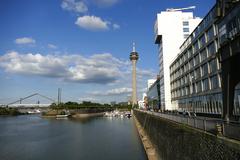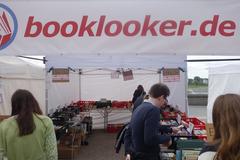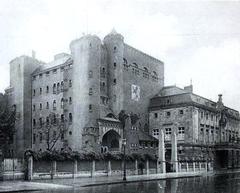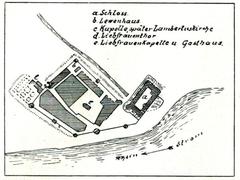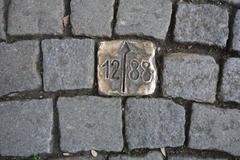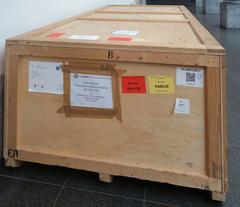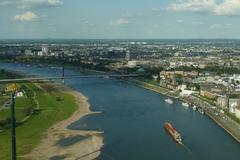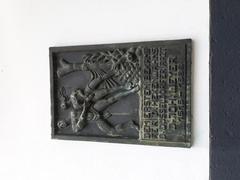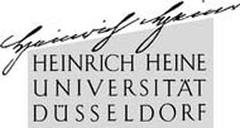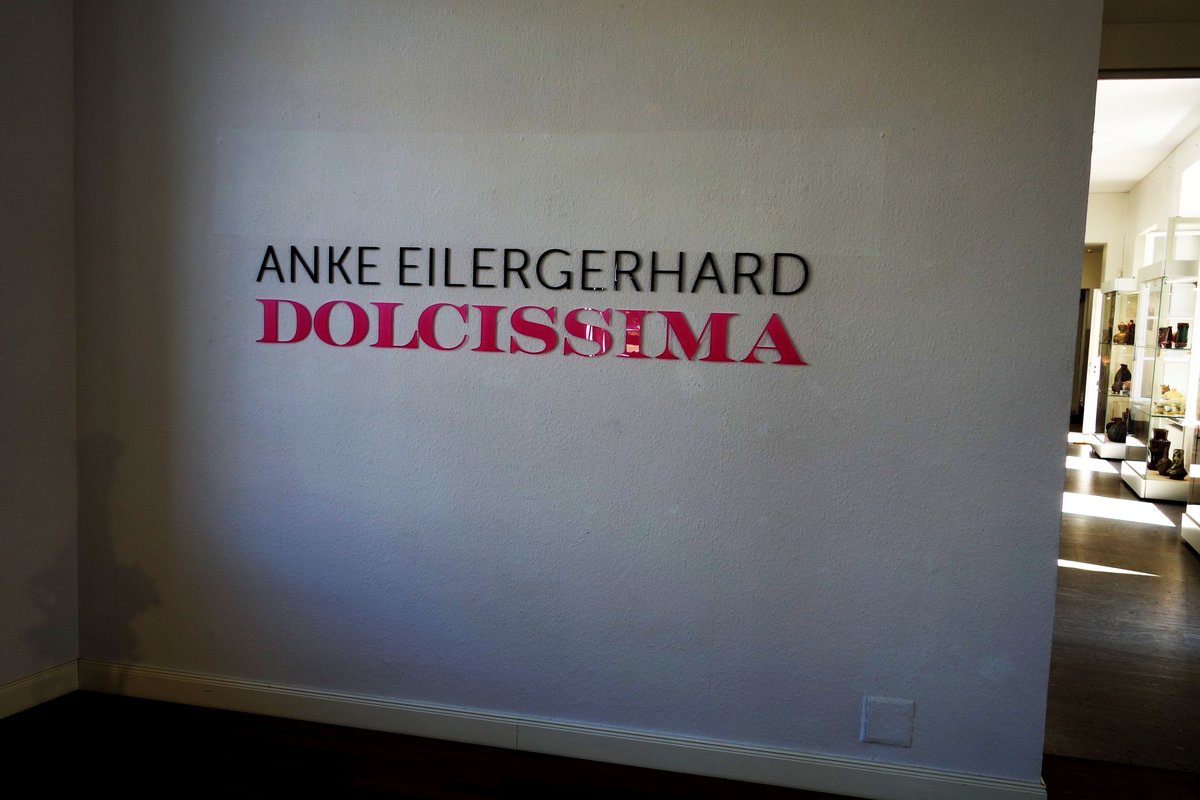
Palais Nesselrode Visiting Guide: Hours, Tickets, and Tips
Date: 31/07/2024
Introduction
Nestled in the historical and cultural tapestry of Düsseldorf, Germany, Palais Nesselrode stands as an architectural marvel and a beacon of resilience. This 18th-century palace, originally constructed for the Nesselrode family, a prominent noble lineage, has evolved through centuries, reflecting the socio-political transformations of the region. Renowned for its Baroque architectural grandeur, the palace features intricate stucco work, grand staircases, and opulent interiors that resonate with the affluence of its original inhabitants. The transition of Palais Nesselrode from a private residence to a public institution in the 19th century marks a significant chapter in its history, underscoring its adaptability and enduring relevance. Today, it serves as the Hetjens-Museum, also known as the German Museum of Ceramics, housing an extensive collection of ceramic art from various cultures and historical periods. This guide aims to provide comprehensive insights into the historical significance, architectural splendor, and visitor information for Palais Nesselrode, ensuring a rich and informative experience for all who wish to explore this iconic landmark.
Table of Contents
- Origins and Early History
- Architectural Significance
- Transition to Public Use
- 20th Century Developments
- Current Use and Cultural Importance
- Visitor Information
- Notable Exhibits
- Educational Programs
- Preservation Efforts
- Frequently Asked Questions (FAQ)
Origins and Early History
Palais Nesselrode, located in Düsseldorf, Germany, is a historic building with roots tracing back to the 18th century. Originally constructed as a private residence for the Nesselrode family, a prominent noble family in the region, the palace reflected their status and wealth. The Nesselrodes were influential figures in the political and social spheres of the time.
Architectural Significance
The architecture of Palais Nesselrode is a testament to the Baroque style that was prevalent during its construction. The building features intricate facades, grand staircases, and opulent interiors designed to impress and showcase the family’s prominence. Typical Baroque elements include elaborate stucco work, ornate ceilings, and expansive gardens.
Transition to Public Use
In the 19th century, ownership of Palais Nesselrode transitioned from private hands to public use. The building was repurposed to serve various administrative and cultural functions, marking a significant shift in its role within the community.
20th Century Developments
The 20th century brought further changes to Palais Nesselrode. During World War II, the building suffered damage but was subsequently restored to its former glory. Restoration efforts aimed to preserve the historical and architectural integrity of the palace while adapting it to modern uses. Today, Palais Nesselrode stands as a symbol of resilience and historical continuity in Düsseldorf.
Current Use and Cultural Importance
Currently, Palais Nesselrode houses the Hetjens-Museum, also known as the German Museum of Ceramics. The museum’s collection includes ceramics from various cultures and historical periods, making it a significant cultural institution in Düsseldorf. The palace’s transformation into a museum has allowed it to continue serving the public while preserving its historical significance.
Visitor Information
For those planning to visit Palais Nesselrode, here are some practical tips to enhance your experience:
- Opening Hours: The Hetjens-Museum is typically open from Tuesday to Sunday, with varying hours. It’s advisable to check the museum’s official website for the most up-to-date information.
- Tickets: Admission fees vary, so it’s best to consult the museum’s website for current ticket prices. Discounted rates may be available for students, seniors, and groups.
- Guided Tours: To fully appreciate the history and architecture of Palais Nesselrode, consider joining a guided tour. These tours provide in-depth insights into the building’s past and its current role as a museum.
- Accessibility: The museum is accessible to visitors with disabilities, with ramps and elevators available to navigate the different floors.
- Nearby Attractions: After exploring Palais Nesselrode, visitors can enjoy other nearby attractions such as the Rhine Promenade and the Altstadt (Old Town).
Notable Exhibits
The Hetjens-Museum within Palais Nesselrode boasts several notable exhibits that highlight the diversity and richness of ceramic art. Some key exhibits include:
- European Ceramics: This collection features ceramics from various European countries, showcasing the evolution of ceramic art from the medieval period to the modern era.
- Asian Ceramics: The museum’s Asian ceramics collection includes pieces from China, Japan, and Korea, offering a glimpse into the intricate craftsmanship and artistic traditions of these cultures.
- Islamic Ceramics: This exhibit highlights the contributions of Islamic cultures to the world of ceramics, with pieces that demonstrate the unique styles and techniques developed in the Islamic world.
Educational Programs
Palais Nesselrode, through the Hetjens-Museum, offers a range of educational programs aimed at engaging visitors of all ages. These programs include:
- Workshops: The museum hosts workshops where participants can learn about ceramic techniques and create their own pieces.
- Lectures and Seminars: Experts in the field of ceramics and art history regularly give lectures and seminars at the museum, providing deeper insights into the exhibits and the broader context of ceramic art.
- School Programs: The museum offers tailored programs for school groups, including guided tours and hands-on activities that align with educational curricula.
Preservation Efforts
Maintaining the historical and architectural integrity of Palais Nesselrode is a priority for the museum. Ongoing preservation efforts include:
- Restoration Projects: Periodic restoration projects ensure that the building’s Baroque features are preserved and that any damage is repaired using historically accurate methods and materials.
- Climate Control: To protect the delicate ceramic exhibits, the museum employs advanced climate control systems that regulate temperature and humidity levels within the building.
- Security Measures: Enhanced security measures are in place to safeguard the museum’s valuable collections and ensure the safety of visitors.
Frequently Asked Questions (FAQ)
- What are the opening hours for Palais Nesselrode?
- The Hetjens-Museum is typically open from Tuesday to Sunday. For the most current hours, visit the museum’s official website.
- How much are tickets for the Hetjens-Museum?
- Ticket prices vary. It’s best to check the museum’s website for the latest information on admission fees.
- Are guided tours available?
- Yes, guided tours are available and are highly recommended for a comprehensive understanding of the palace’s history and architecture.
- Is the museum accessible to visitors with disabilities?
- Yes, the museum is equipped with ramps and elevators to ensure accessibility for all visitors.
Conclusion
Palais Nesselrode stands as a remarkable example of Baroque architecture and a testament to the rich history of Düsseldorf. Its transformation from a noble residence to a public museum highlights the building’s adaptability and enduring significance. Visitors to Palais Nesselrode can immerse themselves in the world of ceramics while appreciating the historical and architectural splendor of this iconic palace.
For more information on visiting Palais Nesselrode and the Hetjens-Museum, please visit the official website.
